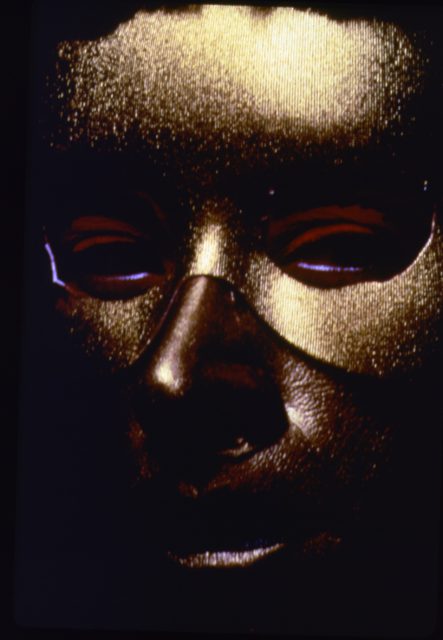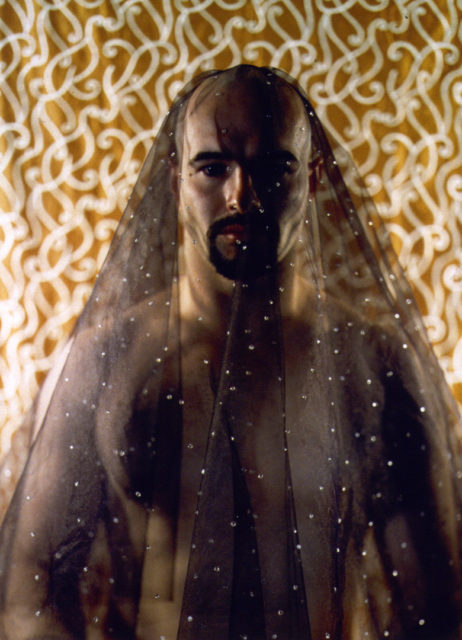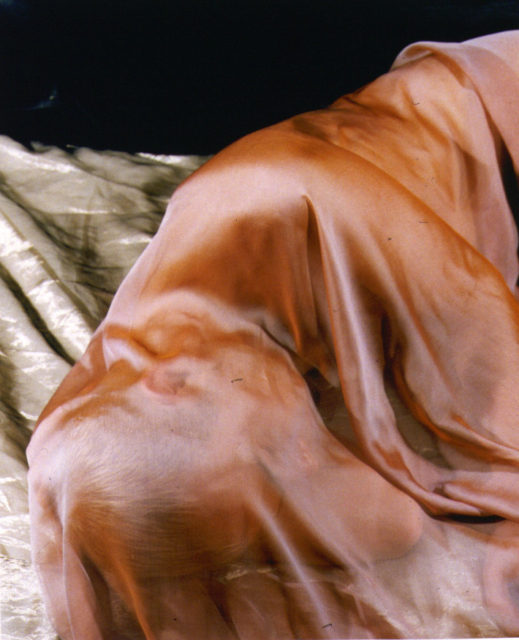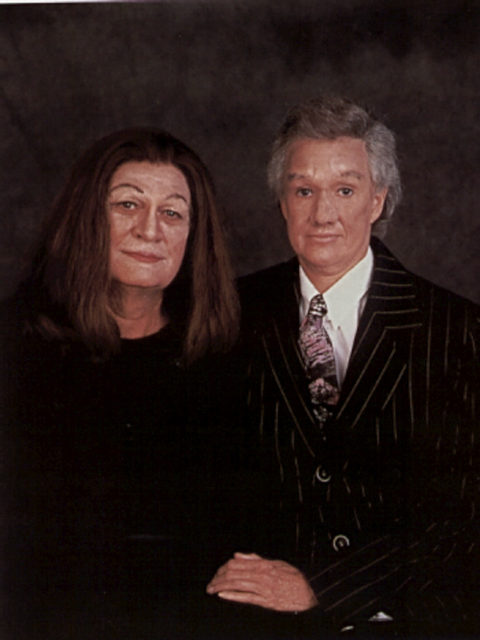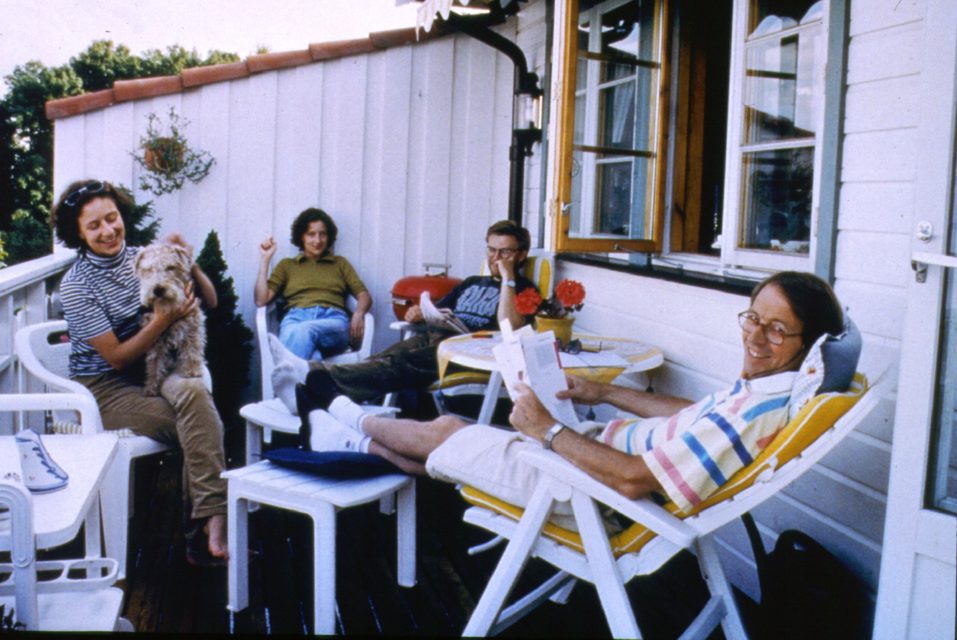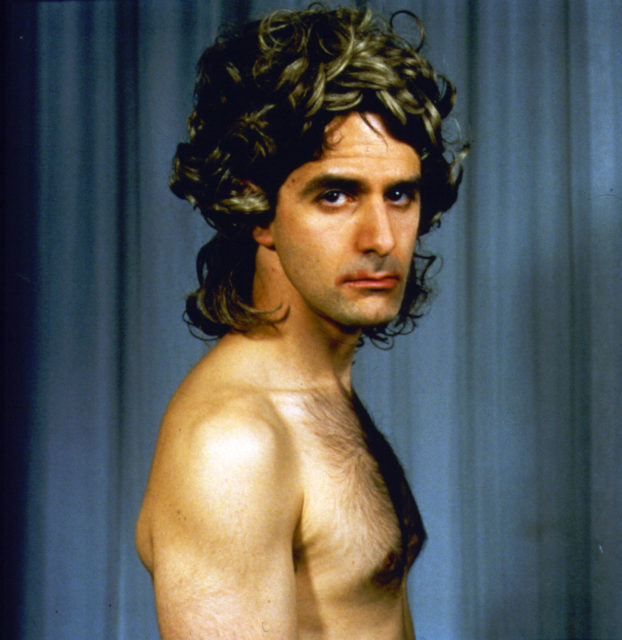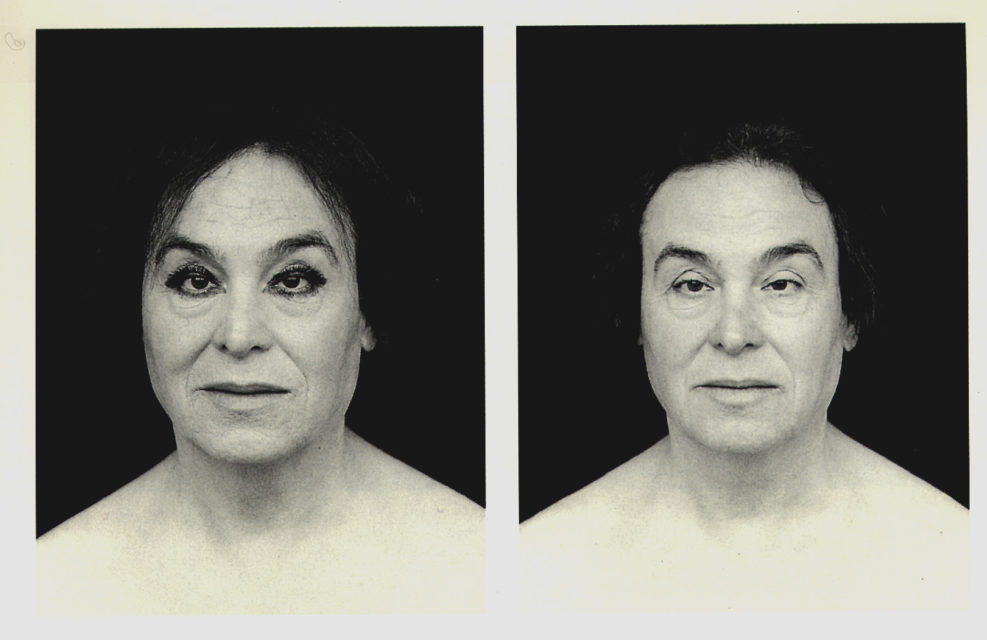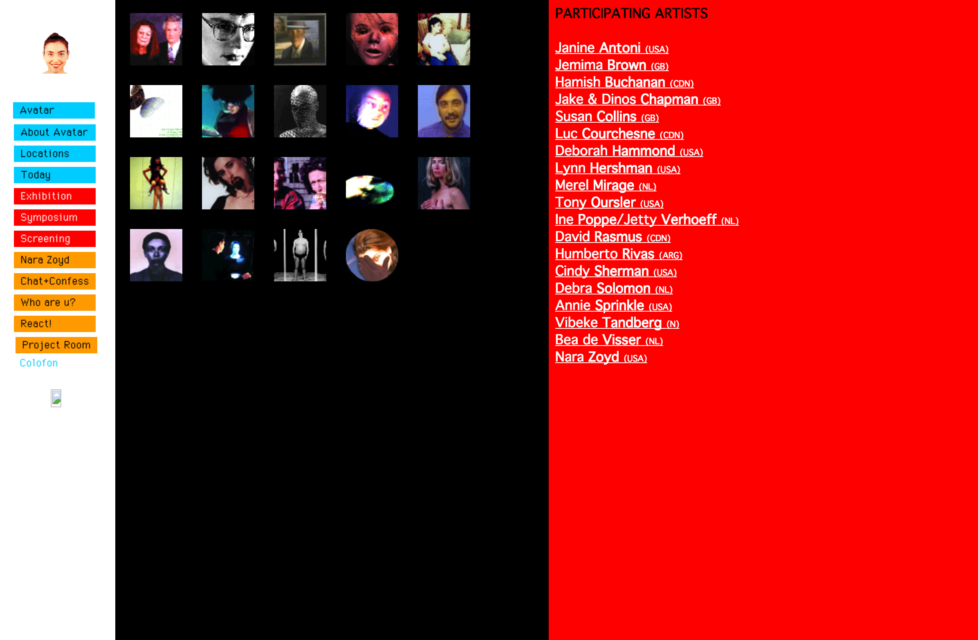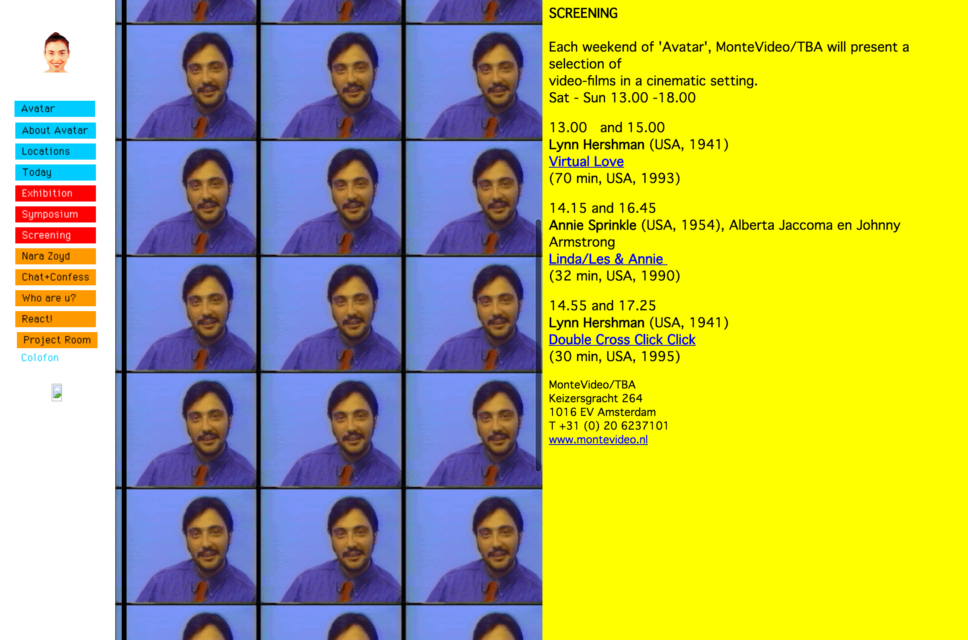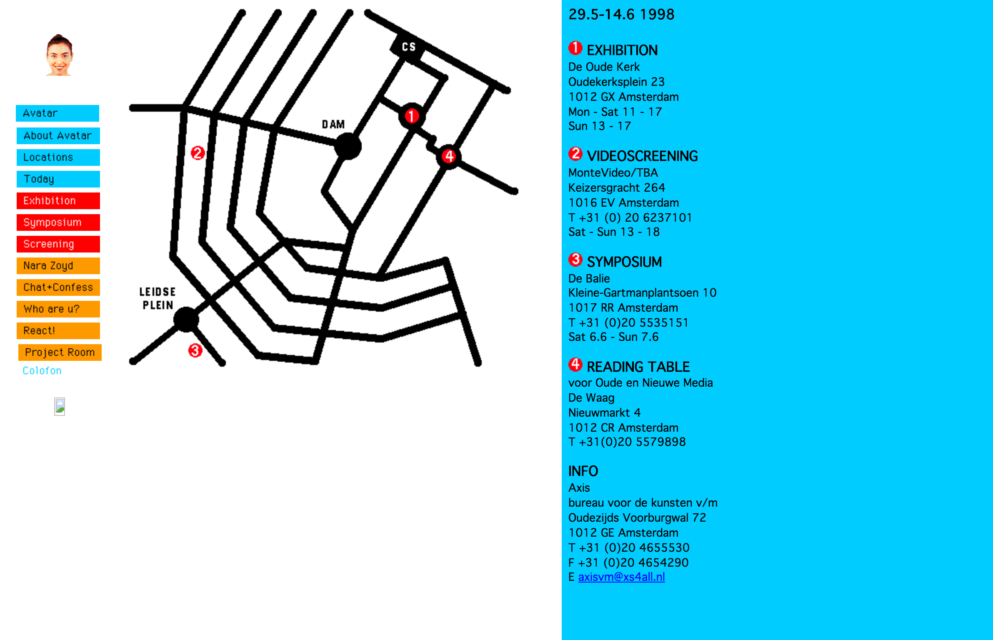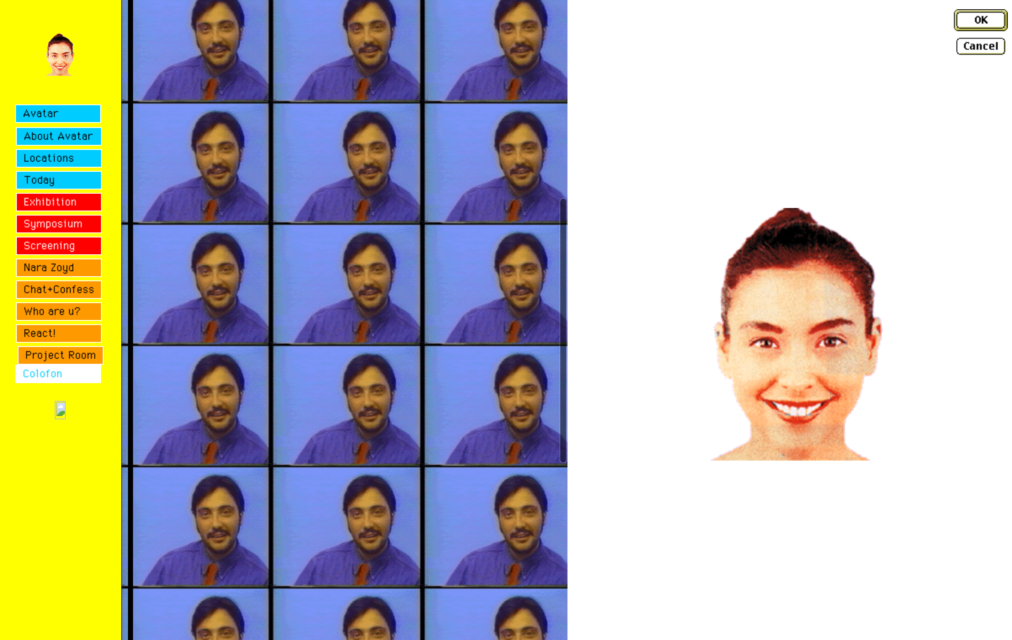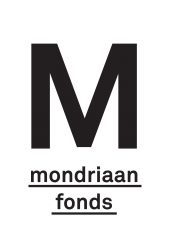Avatar
Of Postmodern Times and Multiple Identities
Choosing another identity is not a new phenomenon. Everybody makes use of a different personality, or sub-personality, on some occasions, sometimes consciously, sometimes without noticing it, as when you pick up the telephone, or when you decide in front of the mirror in the morning what clothes to put on, taking the day’s schedule into account.
No one makes an issue any more of ‘cross-dressing’ or transvestitism (whether for Saturday night entertainment or otherwise), or the ‘alter egoism of persons behind certain telephone chat-lines. Literature in the behavioral sciences identifies increasing social pressure to perform as an important cause for this. Play in which a single identity is exchanged for a ‘multiple personality’ makes it possible to escape social control and conventions. The anonymity of urban society makes it still simpler to simultaneously lead various lives. But playing roulette with multiple identities is not wholly without risks. MPD (multiple personality disorder) appears to be more than a vagary of modern life: it is a new name for an old problem, schizophrenia.
The rise of the electronic, virtual society has accelerated the development of sub-personalities. Even more frequently than in ‘real’ life, internet users hide behind a disguise – their ‘avatar’. Avatars are assumed when communicating in shared virtual spaces like chatboxes and MUDs (multi-user domains or dungeons). In fact, no internet user knows the ‘true’ identity of those with whom he or she has contact. This fact is enhanced by the deceptive ‘appearance’ of the avatar, the digital ‘alter ego’ chosen or designed by the users themselves. One can create an avatar by simply choosing a different profession, or posing as being of a different age or the other sex. It gets more complicated when a person brings multiple avatars into play. It then becomes an essential question whether this is merely an innocent game, a necessary adaptation to changing social circumstances, or a liberation from the straightjacket of the generally accepted concept that a healthy personality consists of a number of concentric skins surrounding a real or notional core.
Thanks to the fast development of technology, avatars can take on an increasingly real form. There are presently avatars with a photographic face and a voice, such as can be found in The Palace, a commercial web meeting-place. This development injects new life into electronic space, and closes the gap between the virtual world and what is apparently ‘real life’.
Authors
Janine Antoni was born in Freeport, Bahamas, in 1964. She received her BA from Sarah Lawrence College in New York, and earned her MFA from the Rhode Island School of Design in 1989. Antoni’s work blurs the distinction between performance art and sculpture. Transforming everyday activities such as eating, bathing, and sleeping into ways of making art, Antoni’s primary tool for making sculpture has always been her own body. She has chiseled cubes of lard and chocolate with her teeth, washed away the faces of soap busts made in her own likeness, and used the brainwave signals recorded while she dreamed at night as a pattern for weaving a blanket the following morning.
In the video, "Touch," Antoni appears to perform the impossible act of walking on the surface of water. She accomplished this magician’s trick, however, not through divine intervention, but only after months of training to balance on a tightrope that she then strung at the exact height of the horizon line.
Balance is a key component in the related piece, "Moor," where the artist taught herself how to make a rope out of unusual and often personal materials donated by friends and relatives. By learning to twist the materials together so that they formed a rope that was neither too loose nor too tight, Antoni created an enduring life-line that united a disparate group of people into a unified whole.
Antoni has had major exhibitions of her work at the Whitney Museum of American Art, New York; Solomon R. Guggenheim Museum, New York; S.I.T.E. Santa Fe; and Irish Museum of Modern Art, Dublin. The recipient of several prestigious awards, including a John D. and Catherine T. MacArthur Fellowship in 1998 and the Larry Aldrich Foundation Award in 1999, Janine Antoni currently resides in New York.
Jemima Brown uses sculpture, drawing and time based media to create humanoid avatars occupying a zone between the animate and the inanimate. The work explores formal sculptural decision making, suggested narrative and social critique. Graduating from an MA in Fine Art from Chelsea College of Art in London in 1995 she has established her practice as an artist working and exhibiting internationally.
As recipient of the 2010/11 Mark Tanner Sculpture Award she showed new work at Standpoint Gallery in London in September 2011. Past awards include a Fulbright Scholarship at the University of California Los Angeles, in 1998, and a Cocheme Fellowship at the University of the Arts, Byam Shaw School of Art in London in 2006.
Curatorial and collaborative projects compliment Browns practice, such as
Enemies of Good Art a collaborative project initiated by photographer Martina Mullaney. Enemies of Good Art have held a series of public meetings at high profile venues including The Whitechapel Gallery and Tate Modern where discussions have centered on how artists might combine the demands of family life with the need to maintain creative practices.
website
Hamish Buchanan (b. 1955) is a Canadian artist. He is a photographer and professor at the Ontario College of Art in Toronto.
Young British Artists Jake and Dinos Chapman create iconoclastic sculptures, prints, and installations that examine contemporary politics, religion, and morality with searing wit. They first gained recognition with their first solo installation, We Are Artists (1992), in which they stenciled an anti-aesthetic manifesto onto a mud-splattered wall at the Institute of Contemporary Art (ICA) in London. From their etchings of Goya-esque piles of body parts to naked child mannequins whose facial features are replaced with genitalia, the Chapman brothers explore the poles of beauty and pain, humor and horror, the sublime and perverse, the diabolical and the infantile, in ways that shock and confront viewers with their own voyeurism.
British, b. 1966, London, United Kingdom, based in Filkins, United Kingdom.
website
Luc Courchesne (b. 1952) is a Canadian artist and academic known for his work in interactive art.
Courchesne took part in the emergence of media arts forty years ago when, as a video artist inspired by a generation of experimental filmmakers such as Michael Snow and Hollis Frampton, he adopted computer technologies. First delving into interactive portraiture, a great artistic tradition re-articulated in a new mould with Portrait One (1990), his work turned to landscape, another important genre, with Landscape One (1997). With his immersive and interactive installations, "panoscopic" images, and devices of his own, he helped transform spectators into visitors, actors and inhabitants of his experiential crafts. He is now engaged in the creation of social virtual worlds with a particular interest in the transitions between the physical and the virtual experiences of space and of human interactions.
Born 1952 in Québec, Courchesne received a Bachelor's degree from the Nova Scotia College of Art and Design, Halifax (1974), and a Master of Science in Visual Studies from the Massachusetts Institute of Technology, Cambridge (1984). He began his explorations in interactive video in 1984 when he co-authored Elastic Movies, one of the earliest experiments in the field, and since produced about 40 installation works and image series including Encyclopedia Chiaroscuro (1987), Portrait One (1990), Family Portrait (1993), Hall of Shadows (1996), Landscape One (1997), Passages (1998), Rendez-vous... (1999), Panoscope 360° (2000-), Panoscopic Journal (2000-), The Visitor: Living by Numbers (2001), Untitled (2004), Where are you? (2005-2010), Horizons (2007), the Shores Series (2007-), Icons (2009) in a co-creation with artist and choreographer Marie Chouinard, the Posture platform for immersive telepresence (2010-), You are here (2010-), McLuhan's Massage Parlor (2011), Naked In Paradise (2013), Sublimations (2014) and The Exhibition (2015).
website
LinkedIn
Over the last five decades, artist and filmmaker Lynn Hershman Leeson has received international acclaim for her art and films. She is recognized for her innovative work investigating issues that are now recognized as key to the workings of society: the relationship between humans and technology, identity, surveillance, and the use of media as a tool of empowerment against censorship and political repression. She is considered one of the most influential media artists and has made pioneering contributions in photography, video, film, performance, installation and interactive as well as net-based media art.
website
Always rooted in the medium of film, Tony Oursler (b. 1957) conjures sculptural and immersive experiences using technologies that hark back to magic lanterns, Victorian light shows, camera obscura and auratic parlour tricks, but that also look forward to the fully networked, digitally assisted future of image and identity production. As a pioneer of video art in early 1980s New York, Oursler specialised in hallucinogenic dramaturgy and radical formal experimentation, employing animation, montage and live action: “My early idea of what could be art for my generation was an exploded TV.” From performative and low-fi beginnings, Oursler has developed an ever-evolving multimedia and audio-visual practice utilising projections, video screens, sculptures and optical devices, which might take form as figurative puppets, ethereal talking automatons or immersive, cacophonous environments. His enduring fascination for the conjunctions between the diametrically opposed worlds of science and spiritualism have allowed him to explore all kinds of occult and mystical phenomena, employing not just smoke and mirrors, but playing the role of circus showman and extricating the sham from the shaman. Oursler’s aesthetic and interactive technomancy reveals not only the ghosts in the machine, but the psychological impact of humanity’s headlong dive into cyberspace.
website
LinkedIn
Ine Poppe (b. 1960) works in Amsterdam as a writer and director. Poppe writes about digital culture, technology and art for magazines, books and the national newspaper NRC-Handelsblad. In 2007 she wrote a series of 10 articles about 'teeth art' for the NRC, which is now recycled in a dentist magazine. She had 6 months a column at the children-page: 'SMS with Ine' and did 2 other series: Children and their favorite apparatus, tech-news for kids.
She has researched and directed television documentaries for National Television; wrote a journalistic book about Dutch Squatters in the eighties. Her art-projects 'Mother milk cheese' (1984), 'Women with Beards' (1997) were shown worldwide.
Poppe lectures on the arts and multimedia also at Willem de Kooning Art Academy in Rotterdam.
LinkedIn
Born in Buenos Aires (Argentina) in 1937, he lived in Barcelona from 1976 to his death in 2009. Throughout his professional career he took part in many shows organised in different European capitals. He sometimes worked as a consultant, such as at the exhibition which brought together Spanish portrait photographer sponsored by La Caixa Foundation in Barcelona in 1996. His creative work ran alongside his teaching, bringing him into contact with new generations of photographers and creative groups who he showed his mastery of chiaroscuro to. Many of his works bear witness to his anti-war spirit and denounce violence in general. His work is held in major national and international collection and several books have been published about it.
"Known as ‘the photographer of silence’. Portraits, urban landscapes and his anxiety about the passage of time and the mark it leaves on everything run through his work."
website
Cindy Sherman (b. 1954) is an American photographer. She studied art at Buffalo State College (1972–6), concentrating on photography, which she maintained is the appropriate medium of expression in our media-dominated civilisation. Her photographs are portraits of herself in various scenarios that parody stereotypes of woman. A panoply of characters and settings is drawn from sources of popular culture: old movies, television soaps and pulp magazines. Sherman rapidly rose to celebrity status in the international art world during the early 1980s with the presentation of a series of untitled ‘film stills' in various group and solo exhibitions across America and Europe. Among 130 ‘film stills' taken between 1978 and 1980 are portraits of Sherman in the role of such screen idols as Sophia Loren and Marilyn Monroe.
While the mood of Sherman's early works ranges from quiet introspection to provocative sensuality, there are elements of horror and decay in the series from 1988–9. Studies from the early 1990s make pointed caricatures of characters depicted through art history, with Sherman appearing as a grotesque creature in period costume. Her approach forms an ironic message that creation is impossible without the use of prototypes; identity lies in appearance, not in reality. In this, the artist has assimilated, even while retaining a critical stance, the visual tyranny of television, advertising and magazines. Works are held in the Tate Gallery, London, and the Corcoran Gallery, Washington, DC, as well as in the Museum of Modern Art and the Metropolitan and Brooklyn museums, New York.
website
Annie Sprinkle was a NYC prostitute and porn star for twenty years, then morphed into an artist and sexologist. She has passionately explored sexuality for over forty years, sharing her experiences through making her own unique brand of feminist sex films, writing books and articles, visual art making, creating theater performances, and teaching. Annie has consistently championed sex worker rights and health care and was one of the pivotal players of the Sex Positive Movement of the 1980’s.
She got her BFA at School of Visual Arts in NYC was the first porn star to earn a Ph.D.. She’s a popular lecturer whose work is studied in many colleges and Universities. For the past 12 years she has been collaborating on art projects with her partner, an artist and UCSC professor, Elizabeth Stephens. They are movers and shakers in the new “ecosex movement,” committed to making environmentalism more sexy, fun and diverse.
website
Vibeke Tandberg (b. 1967) is a Norwegian artist living and working in London and Oslo. She often photographs herself while exploring as her themes sexual roles and concepts of identity. The perfectly-staged role playing in photographs by Cindy Sherman also appears in Tandberg’s works, often used to display autobiographical facts or personal shock in her images, but without relinquishing a sense of intimacy.
A mix between Cindy Sherman and Nan Goldin, Vibeke Tandberg takes on her own body as the subject matter of her probing photography and distortion. Often using Photoshop to change her physicality or a family member’s clothing to mask her body, she addresses gender identity and societal expectations of the female body through a questioning of her own relationship to the world around her. Her images are often shot in her home and at different stages in her life, such as when she was pregnant, and often include her family and friends. Aside from her arresting series of self portraits, Tandberg’s art practice is diverse, including painting and scratching over photography and other mediums. She has exhibited her work internationally, and, in 2012, published a book of fiction, Beijing Duck, about a fisherwoman who loses her hands and is forced to become a prostitute to make a living.
Bea de Visser works since the nineties to a cinematic oeuvre that touches various disciplines: film, performance and installation. The thematic approach in her work revolves around the great emotions such as loneliness, resistance, doubt and anger. Her scenarios unabashedly rude, provide food for thought and fuel for anger. She dissects the dynamics and the dark side of human nature and takes viewers into the social powder keg, where recognition and uncomfortable laughter merge. Her focus is on outsiders and nonconformists.
Bea de Visser studied monumental art and painting at the Academies of Fine Arts in Breda and Rotterdam. She leaves the academy for a final year practical research on 'live electronics' at the Sonology department of the Brabant Conservatory. Initially she began her career as a sound and performance artist in the trendy club scene and artists' galleries early years 1980. With her installation work she was invited for international exhibitions in museums, art institutions and galleries, including the MoMA New York, National Museum, Prague Madrid and the Stedelijk Museum Amsterdam. Her films are screened at international film festivals worldwide, including the International Film Festival Rotterdam, Rencontres International in museums Museum der Welt, Berlin, Reina Sofia Museum, Madrid and Paris museum Jeu de Paume.
Bea de Visser leads hitherto the production studio Anotherfilm, among others as a director, producer and consultant. Additionally the production studio operates as 'headroom' for her own film projects. In addition to activities as (co) production and scenario consultancy, Bea de Visser develops seminars and teaches at among others the HKU University of Arts, Faculty of Art and Media Technology in Hilversum, faculty Theatre, Writing for Performance, Utrecht and as a lecturer on the Master Studies Theatre, Scenography in Utrecht. She works as an art consultant for a corporate art collection.
website
LinkedIn
Platforms
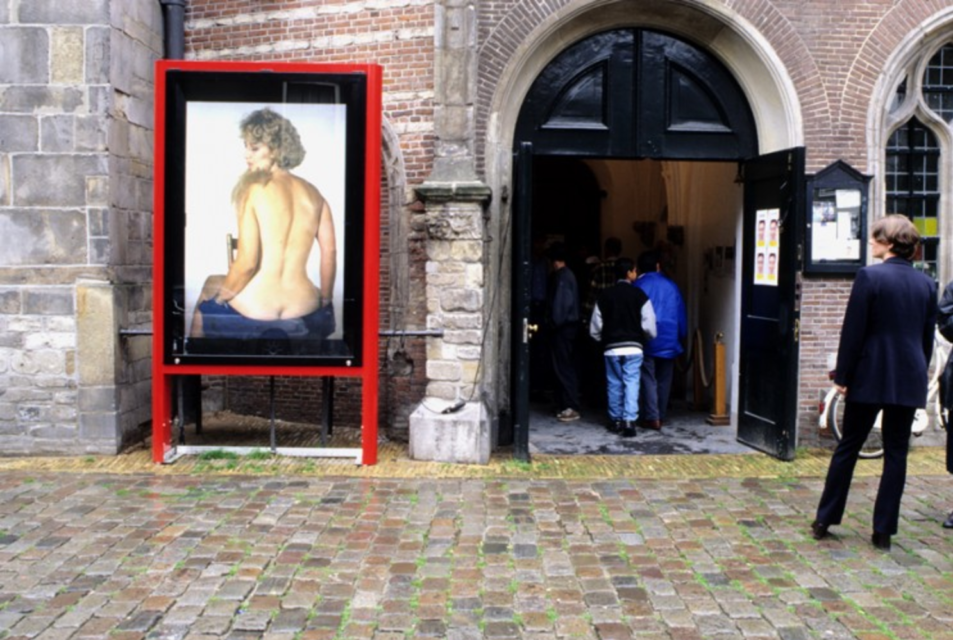
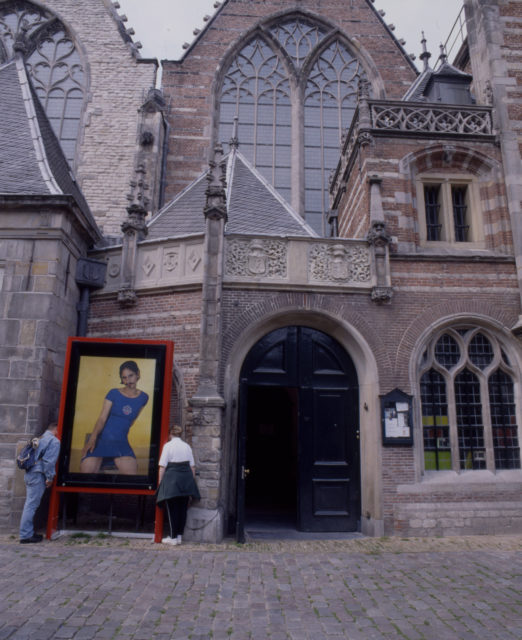

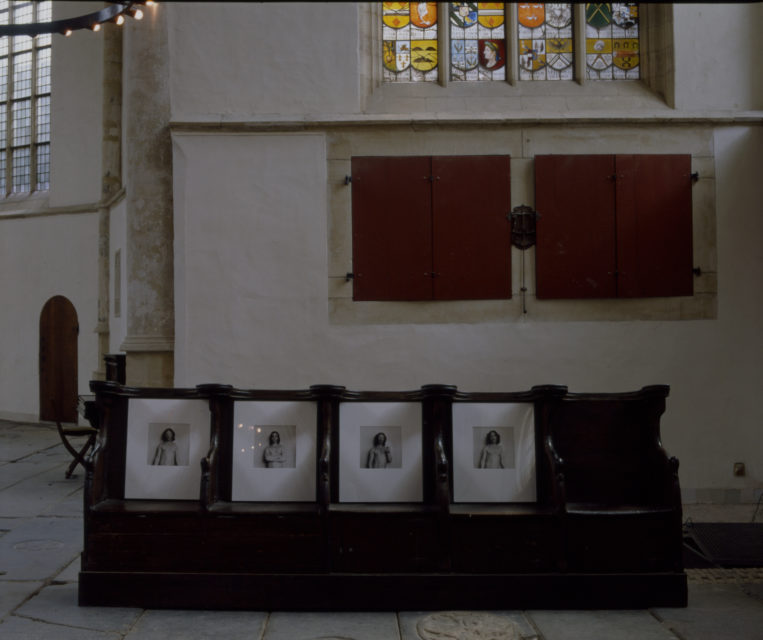

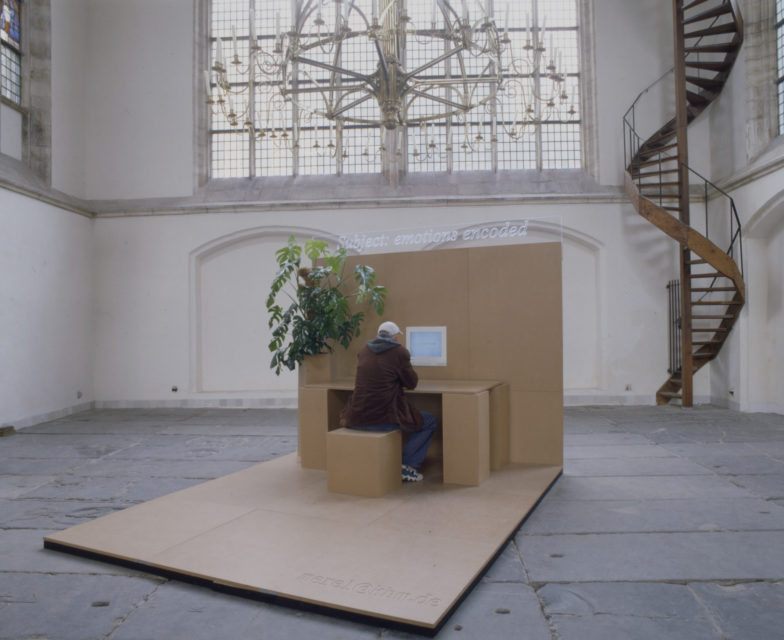

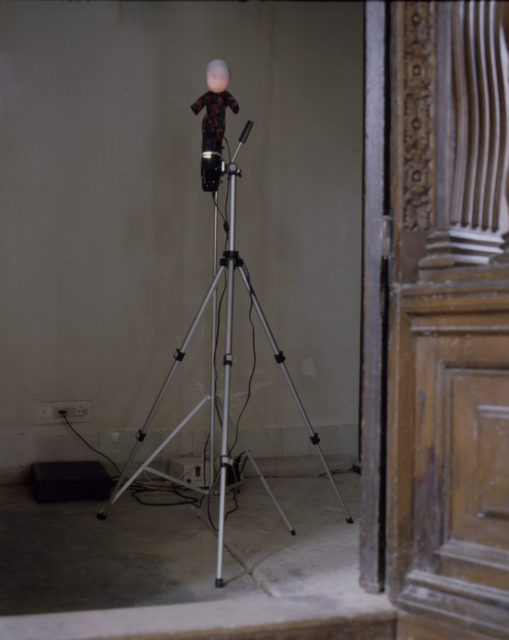
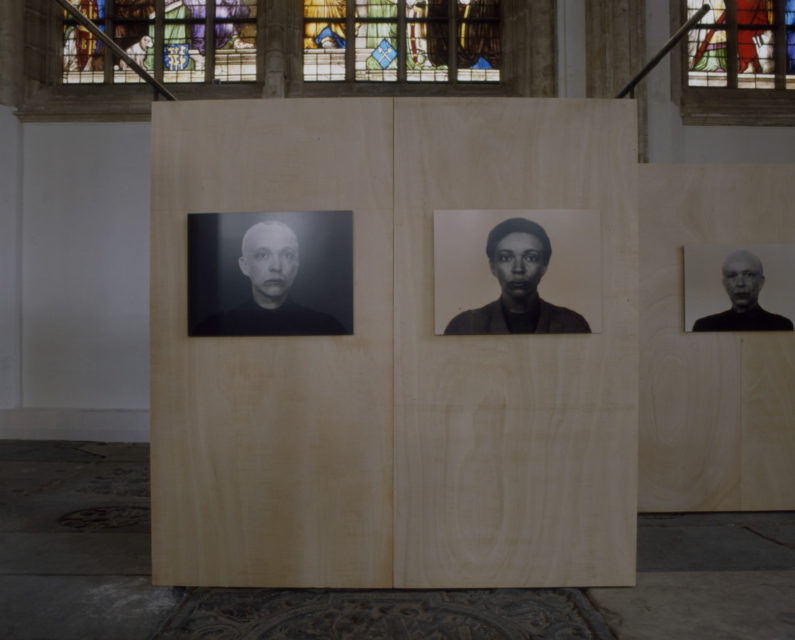
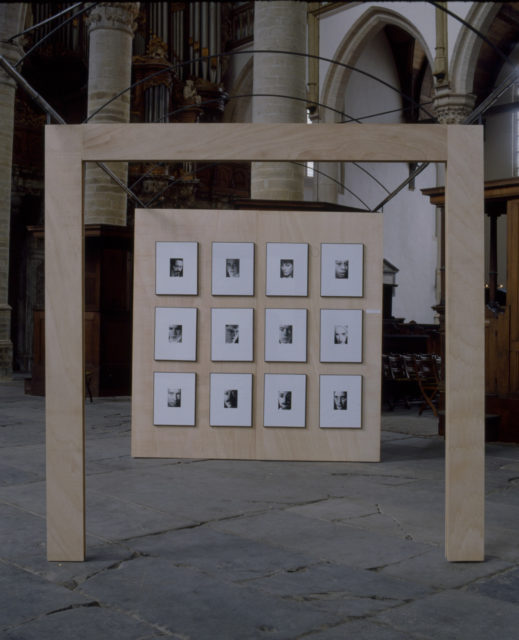
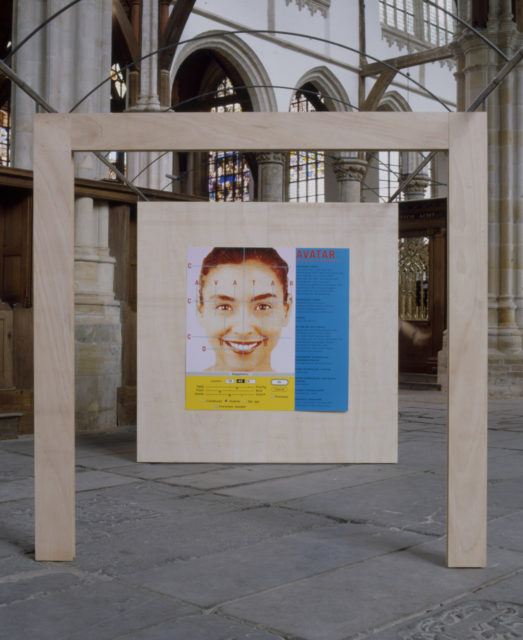
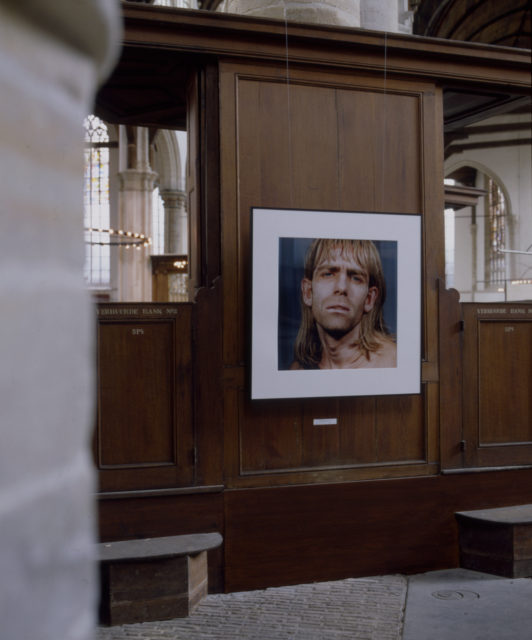
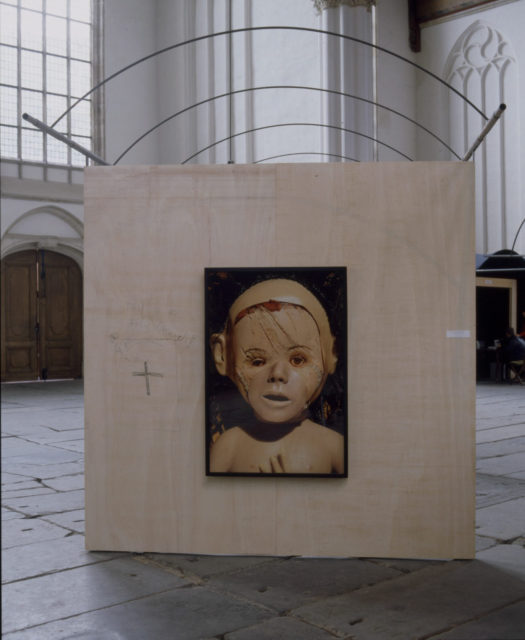
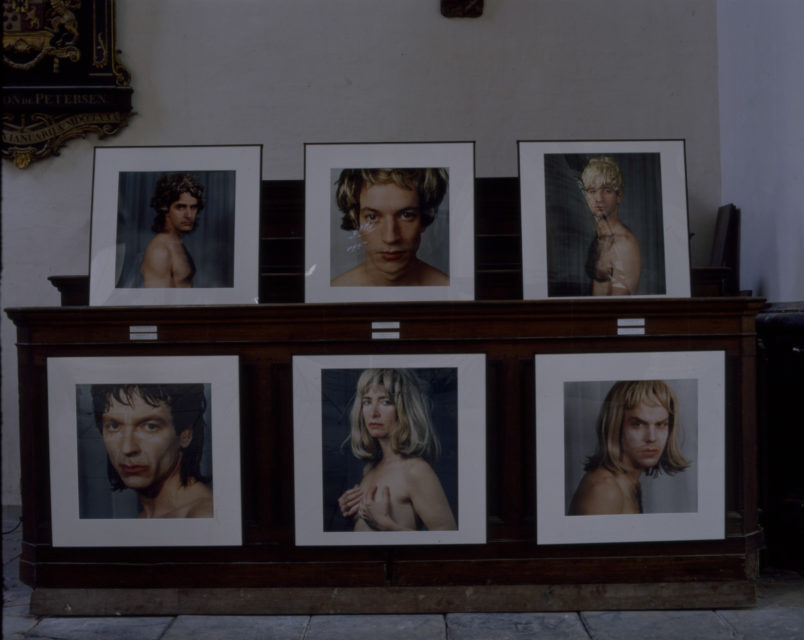
Exhibition
Avatar was organized in 1998 by Axis, Bureau for the Arts V/M and Paradox and curated by Deanna Herst and Bas Vroege. The programme, consisting of an exhibition, a symposium and screenings, addressed the issue of the multiple personality.
Photography, video, installations and new media-projects were shown from May 29 to June 14 in De Oude Kerk in Amsterdam. The symposium that was held in De Balie, Amsterdam, was entitled How to bake an Avatar(t)? On virtual identities & digital alter egos.
-
29.05.199814.06.1998Oude Kerk, Amsterdam
Website
In order to map all the activities surrounding the exhibition, a website was built to guide visitors through the programme.
Even though no new activities are currently planned, you can still have a look at the website.
